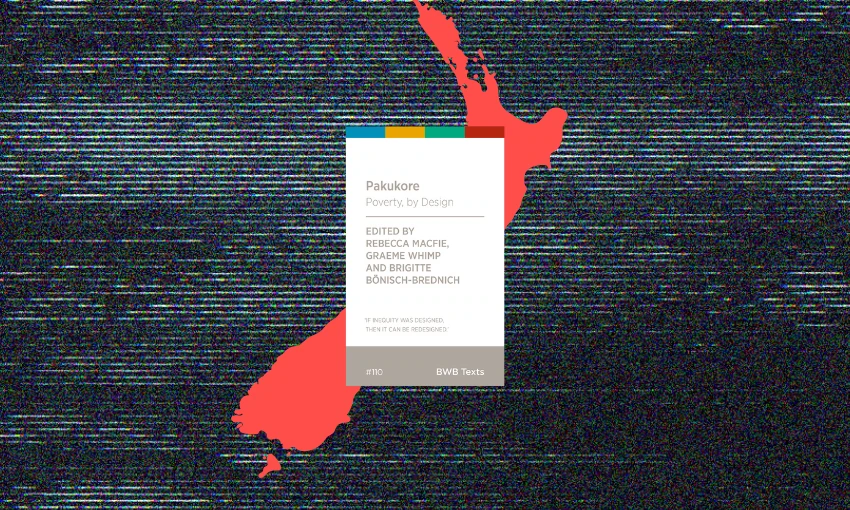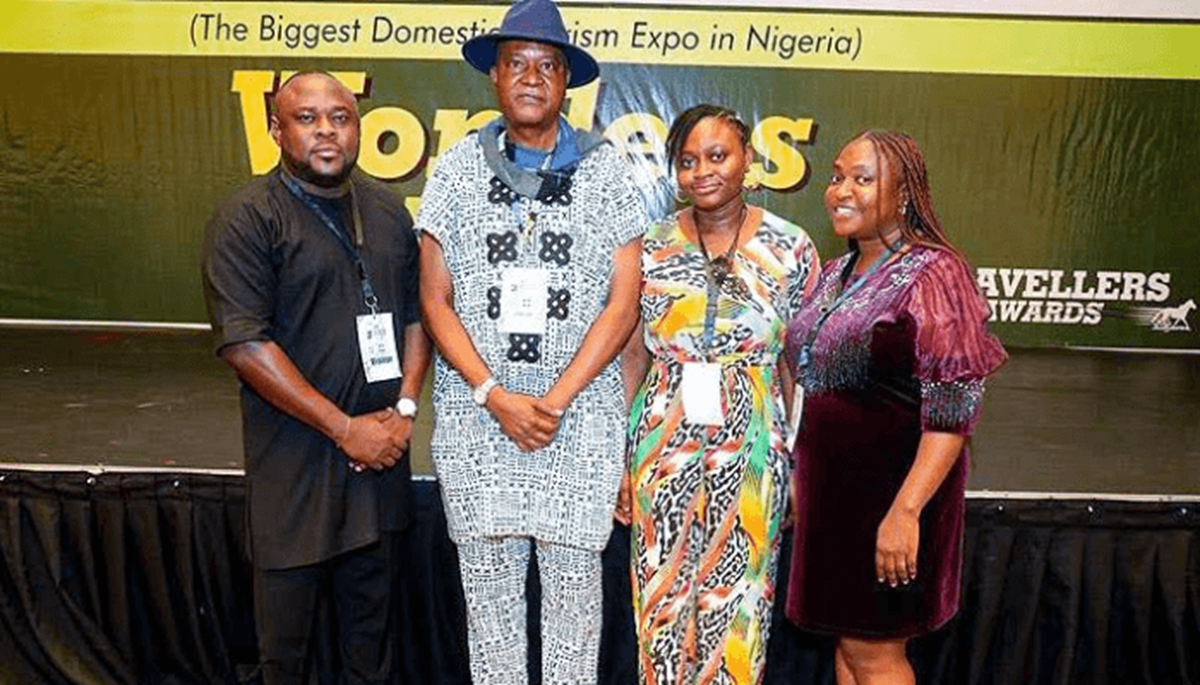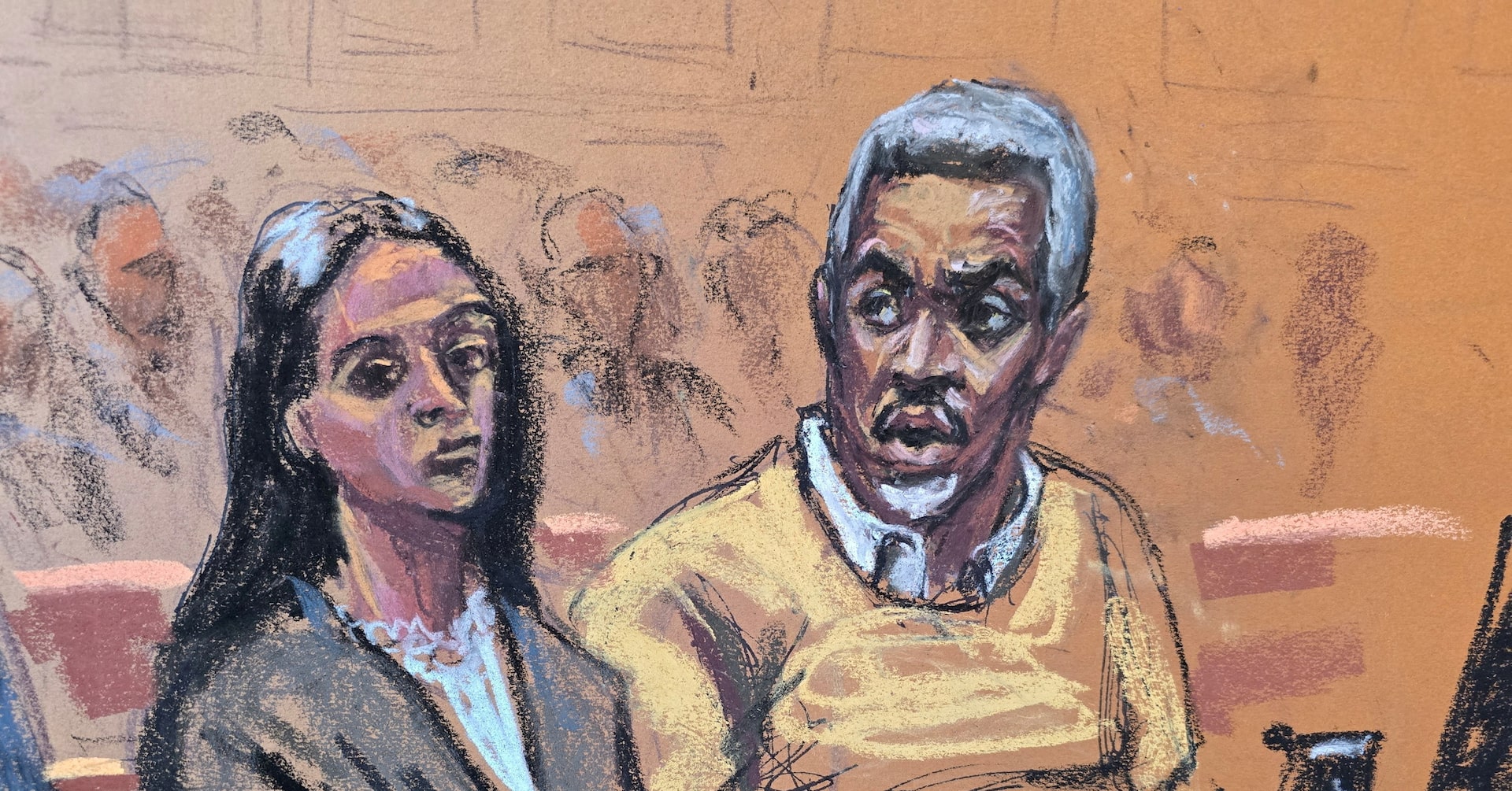By Huhana Hickey
Copyright thespinoff

In an excerpt from Pakukore: Poverty by Design, Huhana Hickey (Ngāti Tāhinga, Ngāti Ira) argues that policy failure keeps people in Aotearoa in a cycle of poverty – especially if you’re disabled and Māori.
Poverty in Aotearoa is not accidental. It’s the direct result of colonial capitalism, a system that profits by keeping certain groups poor. This design hits hardest for those with chronic illnesses, disabilities or mental health conditions. The impact has been worsened by benefit cuts that disproportionately punish Māori, Pasifika and disabled communities who rely on social support.
If you’re Māori and disabled, life is even harder. Māori generally acquire disability at a younger age (40 years) than non-Māori (57 years). Approximately one in five Māori aged 15–24 years, one in four Māori aged 25–44 years and almost one in two Māori aged 45–64 years are living with at least one long-term disability not alleviated by an assistive device: rates that are substantially higher than for non-Māori. Unemployment among working-age disabled people is two and a half times that of non-disabled people; this is because employers think we are ‘too hard’ to employ, workplaces aren’t accessible and training opportunities are limited.
As a disabled wahine Māori, I see how our systems deliberately keep people poor. You struggle to get healthcare or disability support; face racism and ableism at school or work; and you have fewer chances to connect with culture, which affects mental health.
This isn’t policy failure. It’s by design, and it has a deep history. The ripple effects of the 1863 New Zealand Settlements Act – which authorised the mass land confiscations (raupatu) and allowed settlers to steal over 1.2 million hectares from Māori, removing the economic base for traditional Māori livelihoods and blocking intergenerational wealth transfer – are still felt today.
In pre-colonisation Māori society, disability did not exist. Māori were inclusive of people with lived experience of disability and were considered as whānau, acknowledged as having particular gifts or contributions that added to the lives of the wider collective. In my PhD, I conducted interviews about pre-colonial views of Māori and disability. Everyone said the same thing: “We did not segregate our whānau. We did not label them. We did not marginalise them. They were a part of our whānau.”
But we were colonised from the Global North. They brought their institutions and a view of disability that was deficit-based. People were put in sanatoriums and institutions, subjected to violence and abuse, punished for their difference, seen as a cost and a burden on the state, and rendered invisible. I was a kaitakawaenga for the Royal Commission of Inquiry into Abuse in Care, and I have heard the stories of violence, including from people who, as young children, perhaps with ADHD or autism, were subjected to electric shocks to the genitals as punishment.
In this colonised world, disability and poverty go hand-in-hand. 53% of all working-age benefit recipients have, or care for someone with, a health condition or disability. Most people on the Jobseeker Support benefit (Health and Disability) suffer poor mental health, cancer or chronic illness. Welfare does not provide enough support to meet people’s needs. Jobseeker pays a single person over the age of twenty-five $361.32 after tax per week. A single person on the Supported Living Payment (many of whom are unlikely to ever be able to work) gets $411.80 after tax per week.
The incomes of disabled people of working age (15–64) are less than half of those of non-disabled people in the same age group. Based on 2018 data, disabled people in employment had a median weekly income of $144 less than non-disabled people in employment. Disabled Māori adults are three times as likely as non- disabled Māori adults to indicate they don’t have enough money to meet everyday needs.
It is expensive to live with disability or illness. There are many extra costs, such as mobility aids, specialised care, prescriptions, ambulance fees, consumables, specialised clothing and medical fees, to name just a few. The Disability Allowance pays $80.35 a week, not enough even to cover basics like power bills to run medical equipment and transport to specialists.
Over one in five disabled children live in material hardship and nearly one in ten experience severe hardship: much higher rates than for non- disabled children. Disabled youth are half as likely to be supported by the educational system to attain formal qualifications before leaving school and four times as likely to be ‘NEET’, that is, Not in Employment, Education or Training. This lack of educational support has implications for the life course of disabled young people: disabled people are more likely than non- disabled to live in poverty throughout their lives.
All of this contributes to health apartheid. More than half of rangatahi Māori (Māori youth) with disabilities or chronic conditions face symptoms of depression and almost half reported serious thoughts of suicide in the previous year. These rates are much higher than for young people without a disability or chronic condition. They also face far greater food insecurity (parents worrying about money for food) and housing instability (needing to sleep or live in challenging conditions due to housing costs) than others. They also report higher forgone healthcare (not being able to get required healthcare within the last year) and higher rates of ethnic discrimination by healthcare providers.
For Māori, financial hardship can lead to a disconnection from cultural practices, including tikanga (customs) and whanaungatanga (relationships). Economic constraints may limit participation in cultural events, the ability to attend tangi, travel to ancestral lands and engagement in community gatherings, leading to feelings of isolation and a diminished sense of identity.
The government knows about these issues of systemic poverty, because in 2019 a group of experts, the Welfare Expert Advisory Group (WEAG), spelled it out after an exhaustive inquiry and listening to people throughout the country. The WEAG, of which I was the only visibly disabled member, showed that the narrative of ‘people on benefits are lazy and shiftless’ is false. Most people are just trying to survive, thrive and contribute. We found that, for many people, social welfare offices are places of trauma. Homeless people told us they don’t apply for benefits because they are terrified of those places and the judgement they face.
We produced a report that offered a transformative way forward: a welfare system that is part of an integrated approach to enable people to be earning, learning, caring or volunteering and that ensures a dignified life for those for whom those options are not possible. Welfare that is supportive, not punitive.
We gave the government forty-two recommendations to fix the welfare system, but almost none have been fully put in place.
Some of us continued to advocate for change long after the WEAG was disbanded. We made some small gains, but things are going backwards again. In 2024 the government moved to deepen the system of calculated cruelty, with ‘reforms’ including stricter benefit rules and aggressive use of sanctions (payment cuts of up to 100 per cent for ‘non-compliance’). Benefits were indexed to inflation rather than wages, which means that payments will slip further and further behind over time. For a single adult on the Supported Living Payment, for instance, the compounding effect over three years will lead to a $1,000 reduction in income. Depending on circumstances, the combined effect of cuts to benefits, public transport funding, the minimum wage and the reinstatement of prescription charges adds up to thousands of dollars a year for some disabled whānau.
In addition, recent funding reductions have led to diminished access to critical healthcare and disability services, adversely affecting health outcomes for both disabled individuals and Māori communities. The government implemented a freeze on funding for residential care for intellectually disabled people, effectively halting new placements. This decision has caused severe harm, including increased stress on families, prolonged hospital stays (often in general psychiatric wards) for patients unable to transition to community settings, and a rise in behavioural issues due to inadequate support.
Clinicians have expressed deep concern over the adverse impacts of these funding cuts, highlighting that individuals with intellectual disabilities are among the most vulnerable in society. The reduction in services has led to increased presentations to emergency departments and greater use of sedatives and antipsychotics to ‘medicate’ behavioural challenges. All this indicates a deterioration in overall health outcomes for this population.
All of this is avoidable.
Solutions were laid out in the WEAG report in 2019, and they remain available to us. They must be implemented.
liveable incomes, linked to the actual cost of living
whānau-centred support with embedded Māori concepts including manaakitanga (dignity in service delivery) and whakawhanaungatanga (relationship-based case management)
direct funding that allows disabled people to manage their own support budgets
universal design that ensures accessibility in schools and workplaces
iwi-led health partnerships
whenua-based solutions that support papakāinga housing on ancestral land.
We need to stand together, with iwi, disability advocates and communities pushing back against welfare cuts. We need more voices demanding fair treatment.
Our tūpuna (ancestors) said: “He aha te mea nui o te ao? He tāngata, he tāngata, he tāngata.” (What is the most important thing in the world? It is people, it is people, it is people.)
We must stand together to fix this broken system.
Pakukore: Poverty by Design edited by Rebecca Macfie, Graeme Whimp and Brigitte Bönisch-Brednich (BWB Texts, $20) is available to purchase from Unity Books.



